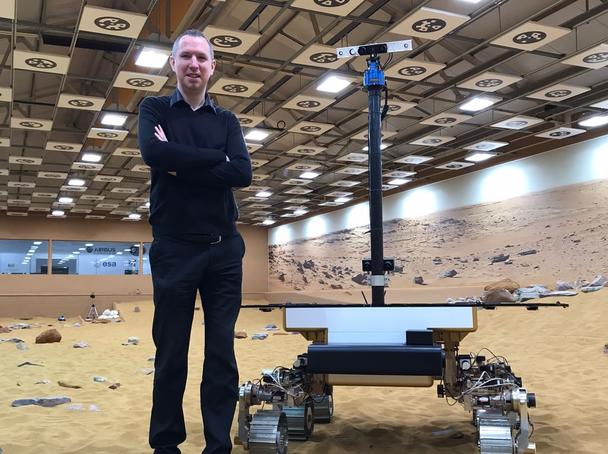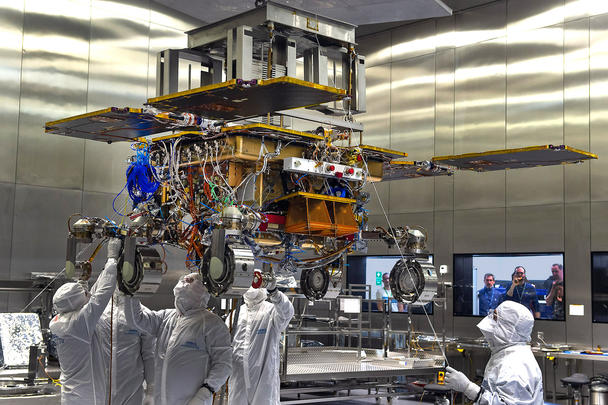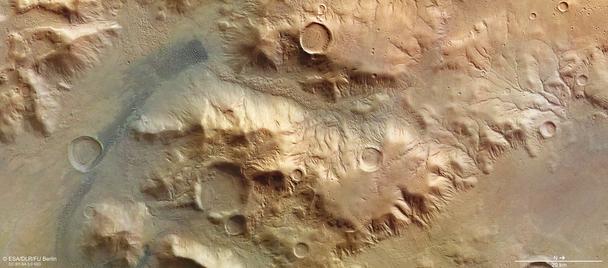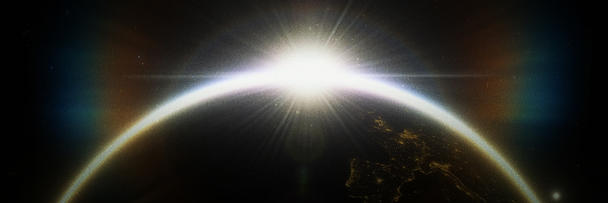#NextSpace: Mission to Mars

Very few people get to work on things that leave our planet. Paul Meacham is one of them: The European rover he and his Airbus colleagues built will drive on Mars, searching for signs of life.
There Paul was, all garbed up in his lab coat, cap and goggles. “This is really it”, he remembers thinking one day as he was preparing ESA’s Mars rover Rosalind Franklin for testing in the cleanroom. “This is the flight rover that will actually go to the Red Planet, drive around on it and look for life.” Working on such cutting-edge projects can have that humbling effect on you, but it is also incredibly fulfilling, says Paul: “Not many people get to do exciting stuff and work on things that leave this planet.”

Paul and his Airbus colleagues have spent a number of years ensuring Rosalind Franklin will operate meticulously 350 million km away from Earth. As the Engineering Manager Paul has been coordinating the technical response to issues the team encountered during the testing of the rover. “It is critical to demonstrate that the rover will work correctly the day it arrives on Mars, so various tests, such as thermal cycling, electromagnetic compatibility and mechanical vibration, have to prove this long before the rover ever leaves Earth”, Paul explains.

It is this problem solving that Paul enjoys most about his job - next to witnessing how Rosalind Franklin came to life in the past 13 years he has been working on her. “To me, she seems almost human,” Paul says. That is mostly due to the twin 3D navigation cameras that are attached to the rover’s mast. Not only do they look like eyes, they actually serve as the eyes of the ESA scientists back on Earth: helping them to take images, get data on the surface texture and atmosphere and assign target destinations for the rover. Apart from that Rosalind Franklin moves around completely autonomously.
“We are really pushing the envelope of what is technologically possible”, Paul says. And that is also something people back on Earth will benefit from. This is particularly true of the autonomous navigation system, which runs on a very low power computer and could be used for applications in the nuclear and automotive industry, or even something as simple as a robot to mow grass. Technology from previous Mars missions is now used to detect tuberculosis in Africa.
“Doing things that have never been done before is what makes me get up each morning”, Paul says. And there will be plenty of reasons to do so in the future. From 2028 onwards, Airbus’ second rover will collect Mars samples that will be brought back to our planet by an Airbus-built spacecraft in 2031. This will be the first time ever scientists can study rock samples from Mars.
Personal Stories, Paul Meacham
